Atalaya is a small town in the Ucayali Region of Peru. The town has 30,000 inhabitants, the half of them being Natives who moved here
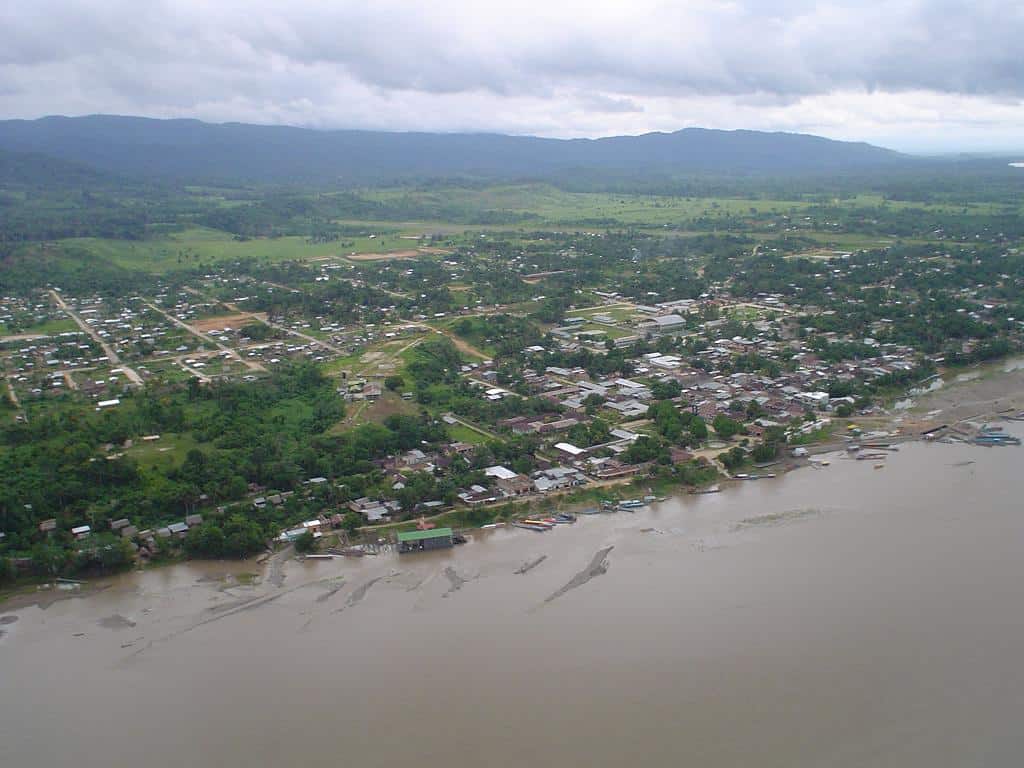
Atalaya is the capital of the Atalaya Province and the Raymondi District. It is actually a port town by the Tambo River that, only a kilometer away, together with the Urubamba River flows into the longest Peruvian River of Ucayali. In the northern Peru, the latter flows into one of the largest rivers in the world, the Amazon River.
Well, talking about rivers I have to note that the Slovenian long-distance swimmer Martin Strel started his swimming journey across the Amazon River precisely in Atalaya.
A Market Town
For the town of Atalaya, the river is of utmost importance. Fish, poultry, fruits: all of these are brought ashore by people using motor boats who are either farmers from the jungle tribal communities or fishermen or merchants from the larger neighbour city of Pucallpa.
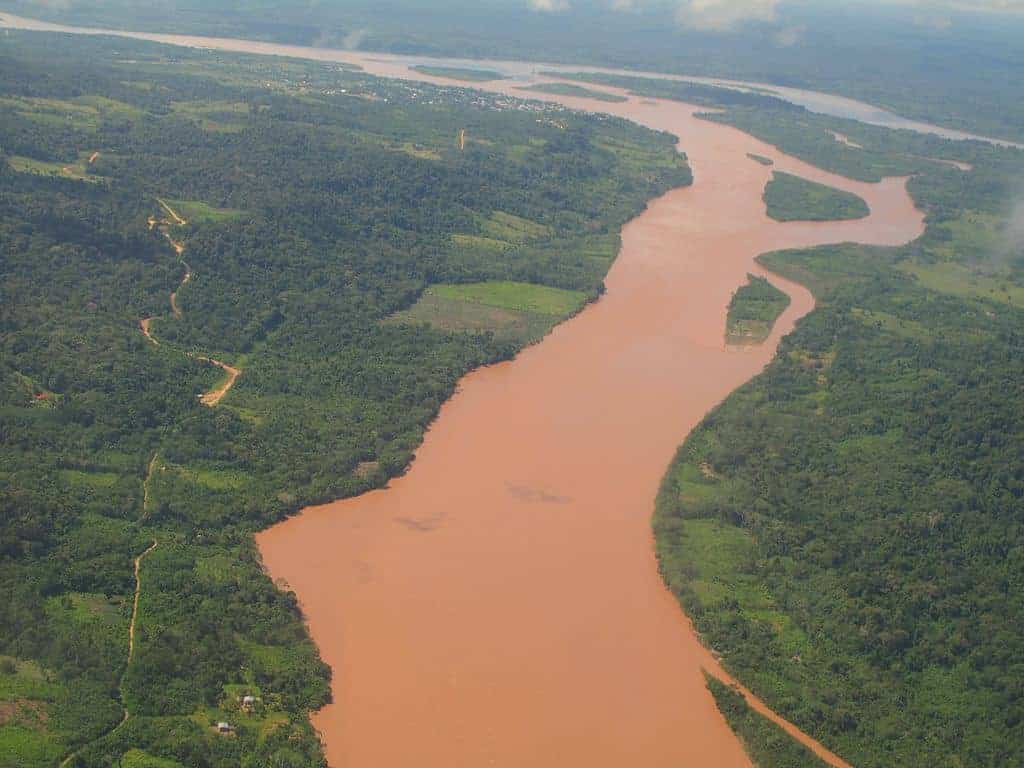
The trade is well-developed and the people of Atalaya are known as good traders. Although Atalaya is very distant from other larger Peruvian towns, here you can buy practically everything.
Clothes, household appliances, and technical devices are more expensive than in Lima, because these are actually bought in Lima, so the margin is included in the price.
Standing Out as White People
We like to stroll around the town. The streets with shops and markets are always crowded and we find it interesting to observe other people. One of the things that comes as a surprise to us and that we are not used to in South America is that people greet us on the streets.
I guess I don’t have to highlight that me and Silva as tall white people attract a lot of attention. Some people glance at us with a smile, whereas others gaze at us for a long time with wonder and their mouth wide open as we pass by them.
Gringo With Money
White people rarely come here, but the locals know exactly where we come from: from North America. If you are white, you are called gringo, which is how they refer to North Americans (and all others that come from “white continents”).
They are convinced that we have tons of money, just like all other white people. They naturally believe that now we can finally spend it in their bars and shops.
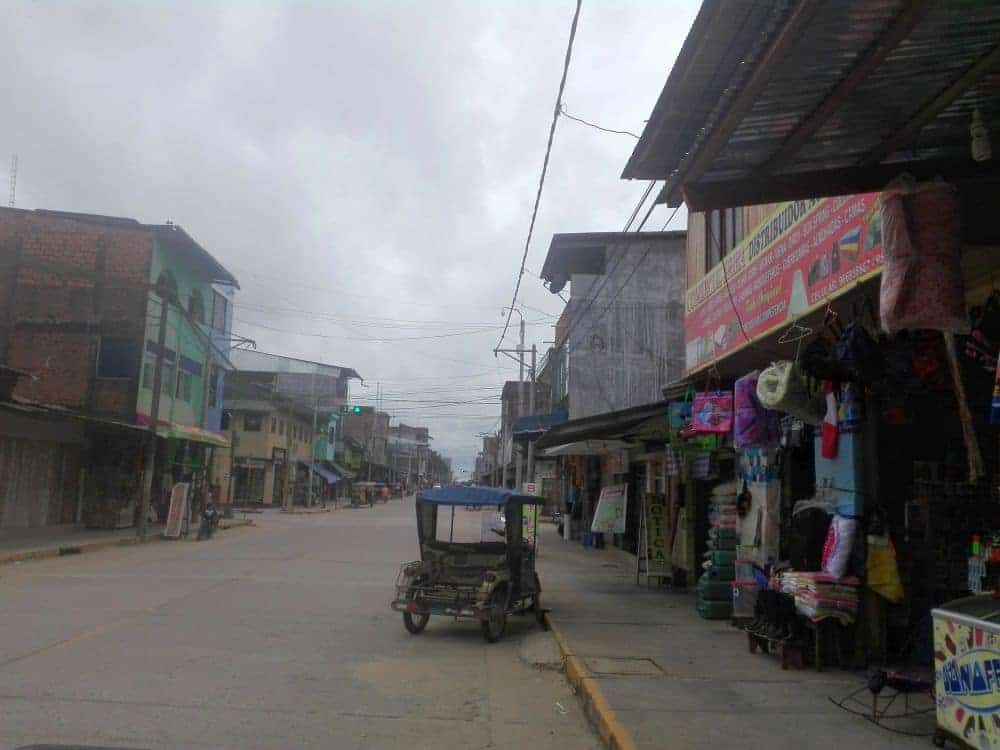
Which is why the price is accordingly higher. We already have a lot of experience with such pricing. This is why we always consult other missionaries or the locals at the mission. This way, we can roughly estimate how much the ride to the center, a kilogram of bananas, or let’s say rubber boots we had to buy for the Amazon rainforest, will cost.
Still, we were surprised how quickly and spontaneously they come up with a “gringo” price and hope we will buy it. Instead of 5 soles (little less than one euro), which is what a bottle of two and a half liters of water costs, they say 9 soles and keep their fingers crossed that we’ll open our wallet.
Strolling Around the Town
The city center, or the “La Plaza” (square), is a well-tended park with greenery, fountains, and charming native sculptures. The park is surrounded by modern stores and a paved road that even has traffic lights.

However, the paved road ends after two successive streets. From there on, it’s only unpaved road, holes, and a lot of mud, especially now in the rain period.
You won’t meet any tourists in this town, like in Lima or La Paz, especially not a white person as I already mentioned. If you do meet a white person, it is usually a volunteer from Spain providing assistance at the Nopoki University.
Slovenian-born Peruvian Bishop
The Nopoki University is an interesting and laudable project. It was started by Monsignor Gerardo Antonio Žerdin Bukovec, a bishop who lives in San Ramon, at the heart of Peru which is where the Andes end and the Amazon rainforest begins.
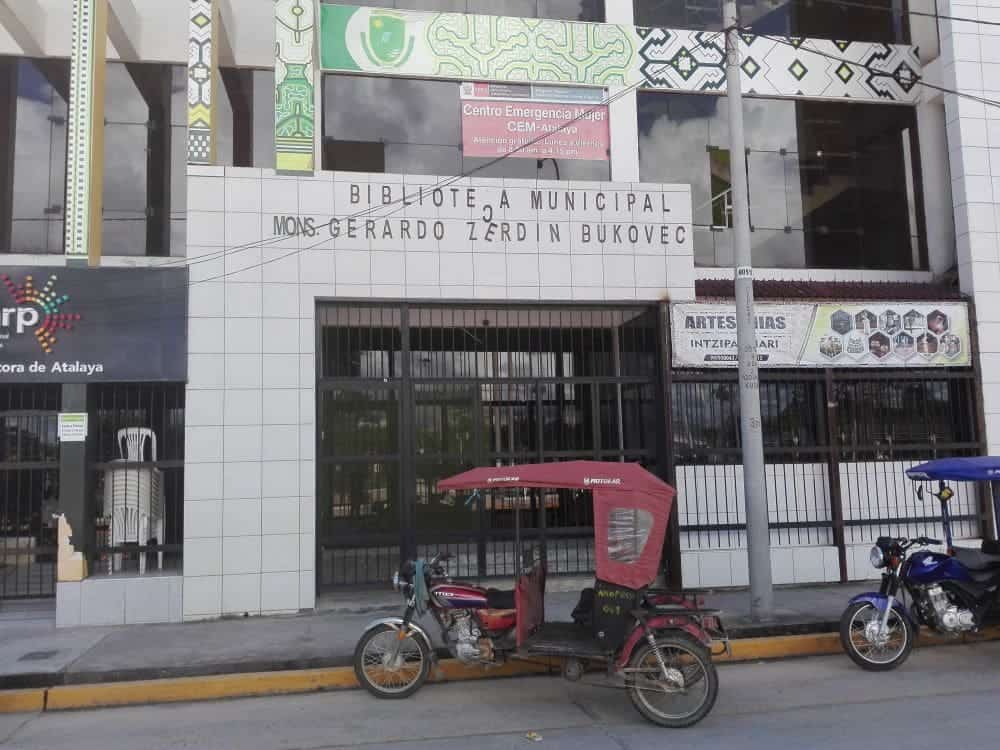
We were sitting in the square and looking toward the town library. We were admiring the beautiful decoration on the library frontage, when a large inscription on a plaque caught our attention. It started with a foreign first name, but ended with the Bukovec surname.
“Could this person be a Slovenian?” Silva asked.
When we came home, we investigated this. Of course, bishop Žerdin is a Franciscan missionary born in Lendava, Slovenia, who spent his first four years of life in the Slovenian village of Čentiba. His family then moved to Croatia. The bishop has Croatian citizenship and the Peruvian as well.
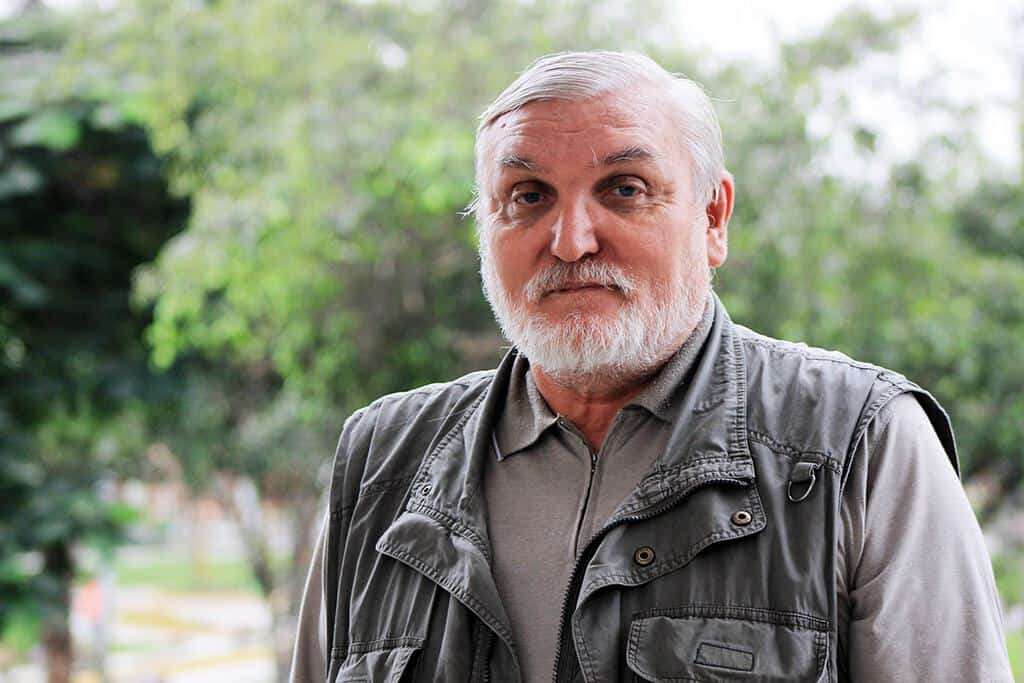
He became a Peruvian bishop and Atalaya is now under his jurisdiction along with several other towns. He is known as a simple person who is very fond of the Natives.
Nopoki University
In Atalaya, only a few kilometers away from our mission, he founded the Nopoki University. It is intended exclusively for the young Natives who,
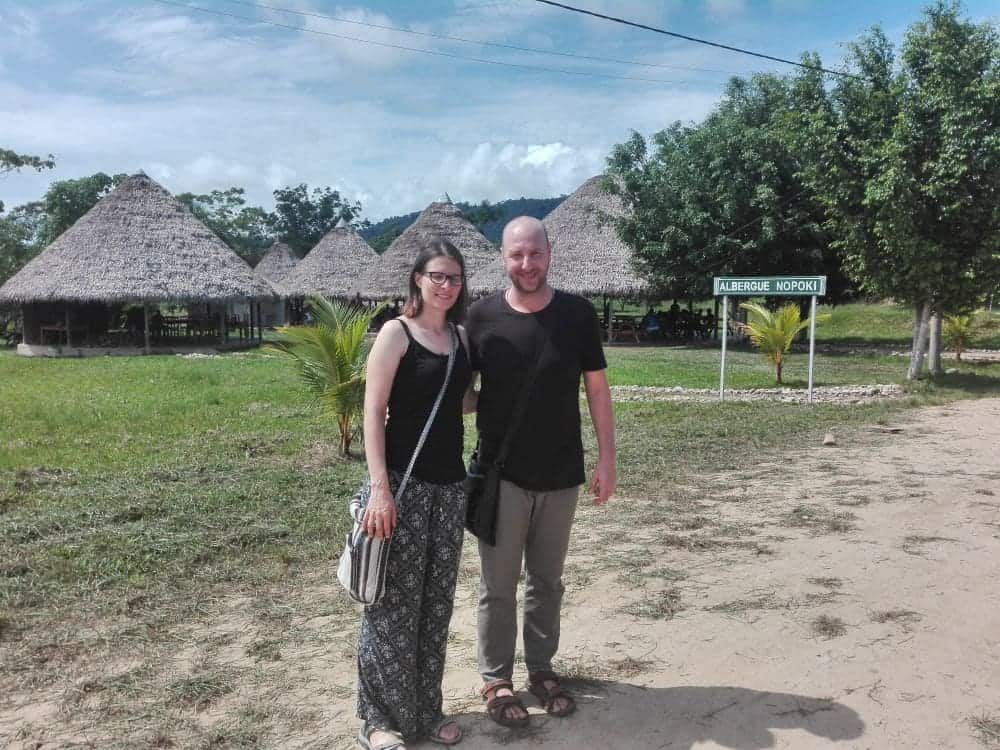
All students come from the very villages in the Amazon rainforest. Education is very important for the young Natives, because people in the village usually don’t have any education. They might have completed only the first five years of schooling or nothing, which is even more often.
Education Is the Key
The people are illiterate and uneducated which causes a range of problems in the communities. For instance, one problem is health, the care for hygiene, and a balanced diet. Without education, they have remained on the bottom of the society hierarchy for centuries.
The small amounts they make by farming, selling bananas, ananas, and other fruits doesn’t cover the costs of medicines which are urgently needed. The children are born weak and malnutritioned. The average life expectancy of a Native in the jungle (in selva – wilderness) is merely 40 years!
The Nopoki University provides an opportunity for the youth to develop
We’re stationed in the Claretians mission house. These are four wonderful people who serve the people in Atalaya or the Natives at the mission stations in the Amazon rainforest, each of them in their own way.
The House of Claretian Missionaries
I’ve already mentioned Fr. Alejandro in previous posts. He is the head of the community and the priest of Atalaya parish. He rarely visits the rainforest, because he has a lot of work in the parish. However, the remaining missionaries including Fr. Enrique, Fr. Roseno, and Fr. Carmello regularly travel along the Ucayali River even to the remotest native villages.
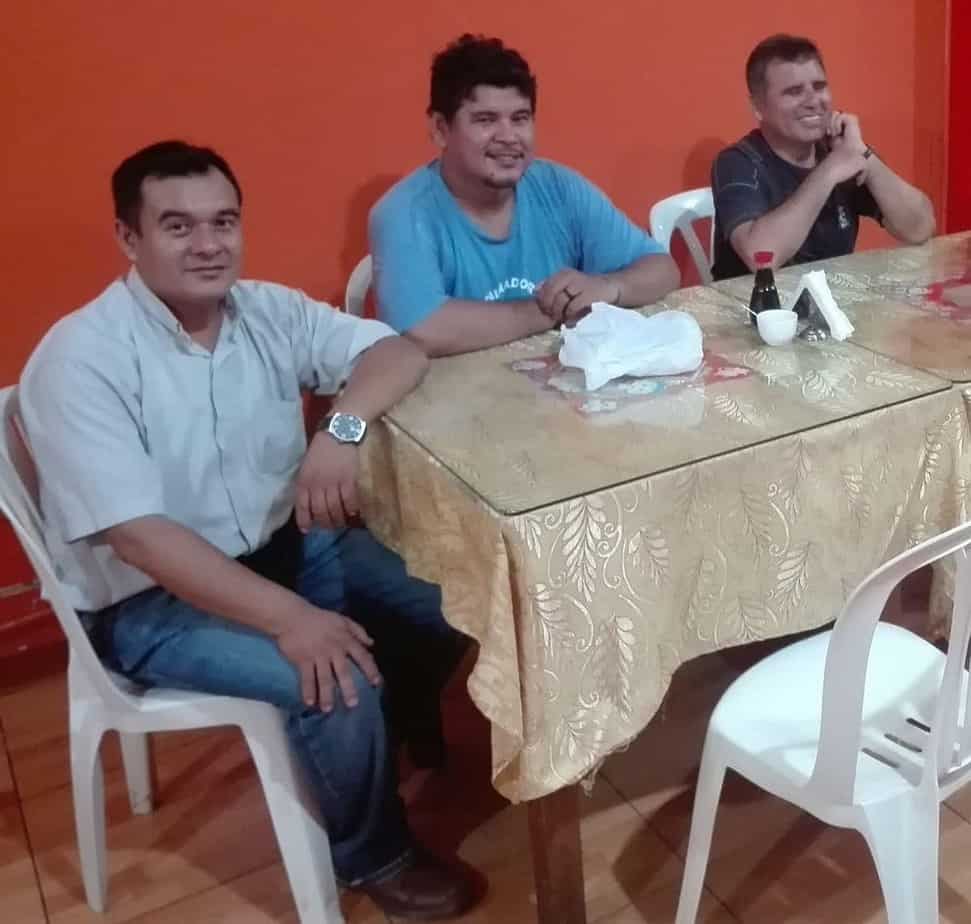
The Atalayan missionaries. From left to right: Fr. Alejandro (parish priest in Atalaya), Fr. Rosendo, and Fr. Enrique. Missionary Fr. Carmello is on vacation in Bolivia
Together with Fr. Enrique, we also set out for jungle, but I’ll tell you more about this in the next post.
Always Together
Next to their house, the missionaries in Atalaya have set up two wooden huts for the Natives who come to Atalaya from the rainforest, often after more than 10 hours of boat ride, to do some paperwork, see the doctor, or buy medicines.

Not a day goes by without a family spending a night in one of these huts. And that’s the most interesting fact. The Natives never travel alone. They always come together as a family: the parents, children, grandparents, cousins. They sleep over a day or two, sometimes even in the frontyard, because this place is cooler in the night.
Money for the Medicines
I will never forget the family that brought their ill grandmother to Atalaya. In the night, she lay on the ground in front of the hut with all her sons and daughters gathered around her cooling her with towels, giving her massage, and constantly taking care for her.
The next day, one of the sons told Fr. Alejandro that they don’t have enough money to complete the grandmother’s therapy.
Unfortunately, even missionaries sometimes don’t have enough money to buy expensive medicines. This is why Operando bought it with the money donated for such purposes. 20 Euro helped the grandmother to continue her therapy. Thank God!
Tasting
Above all, the first week of dwelling at the mission was the time to learn about Atalaya and meet the people who are close to the missionaries. It was also a time of preparation for the most important event, the journey to the Amazon Jungle.
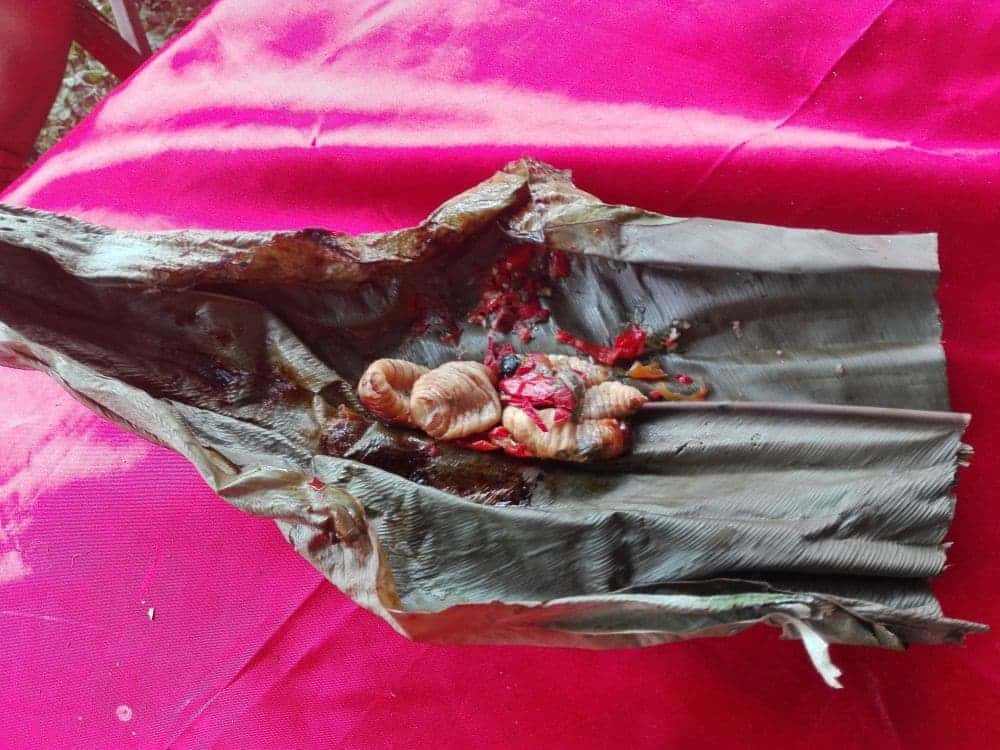
One afternoon, we set out for one of the primary schools together with Fr. Alejandro. On that day, the children presented their customs and culinary delicacies. Together with their parents, they prepared traditional meals and presented them to the “committee”, a part of which was also Alejandro, the missionary.
We were present as honorary guests which is why children were so nervous in their presentations that we were already thinking whether we should leave. Still, the presentations were cheerful, entertaining, and valuable.
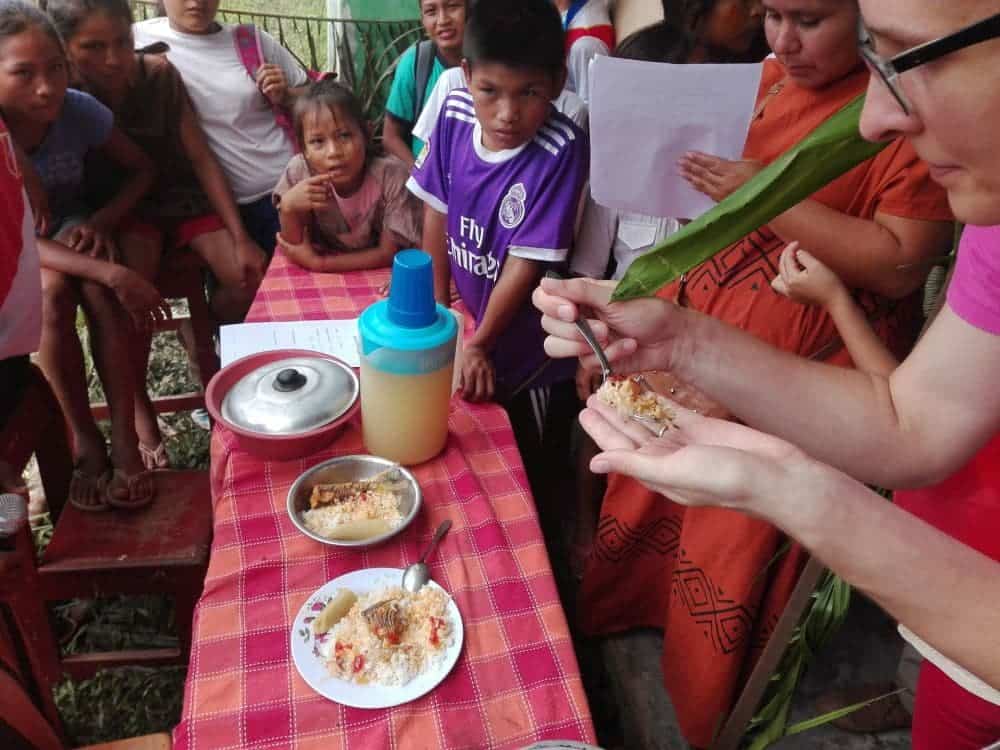
Tasting the traditional food was an excellent introduction to the Amazon Peru for us. Fish prepared in thousands of different ways, manioc, rice, sauces, worms from coconut trees, and so many different fruits and fruit drinks. We enjoyed it!
Testimony Among the Youth
We also preserve a pleasant memory of the evening when Fr. Alejandro invited us to attend the youth spiritual retreat. The night journey to the remote village in a jeep, partly along the river, was already an experience itself. We stopped at the school where thirty young boys and girls were spending the third day of the spiritual retreat.
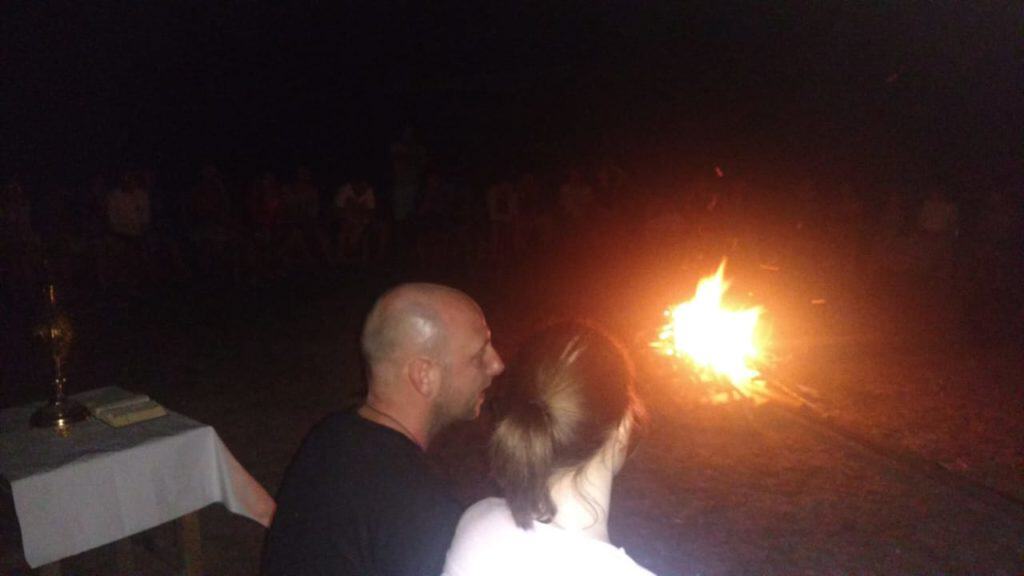
In the school frontyard, there was a large speaker playing beautiful Peruvian instrumental music. It was dark and only the moon and hand lanterns were lighting up the wonderful natural ambient.
Alejandro asked us to testify to the youth about our mission, experience, and, above all, how God is guiding us on our missionary journey.
Fire was burning in the center of a large circle made by the youth. Although it was not easy to testify in Spanish, we were still able to convey the message to the youth that God does not work only in Peru, but everywhere in the world. Wherever we went, we have always encountered His grace and kindness.
We wanted to tell them that now is the right time to choose their way of life. However, this should be a way that will leave behind life and not desert. This is what we asked them:
“What do you want to see when you look back as you grow older and ask: What purpose did my life serve?”
This is a question that everyone of us has to keep in mind.
For the Children
Now, as couple of days in Atalaya and a couple of nights among the Natives in the Amazon rainforest have passed by, the purpose of our fundraising is becoming clearer.
Medicine and medical devices are vitally important for the native families in the jungle. As I have already mentioned, they are already dying at 40 years of age, because they don’t have proper diet and healthcare.
The medicines are often scarce or even non-existent in the villages. Children have problems with concentration because they lack balanced diet and vitamins, which is something that fish, manioc, and rice cannot provide.

We’ve met children with open wounds, rash, and lumps … They treat all of these by themselves the best way they can.
We can help them!
At Operando, we care about them. Yes, they do live far away, but this doesn’t make them less important than any other children in the world.
Me and Silva are convinced that we will successfully achieve our goal and help the missionaries set up small pharmacies with medicines at their mission stations.
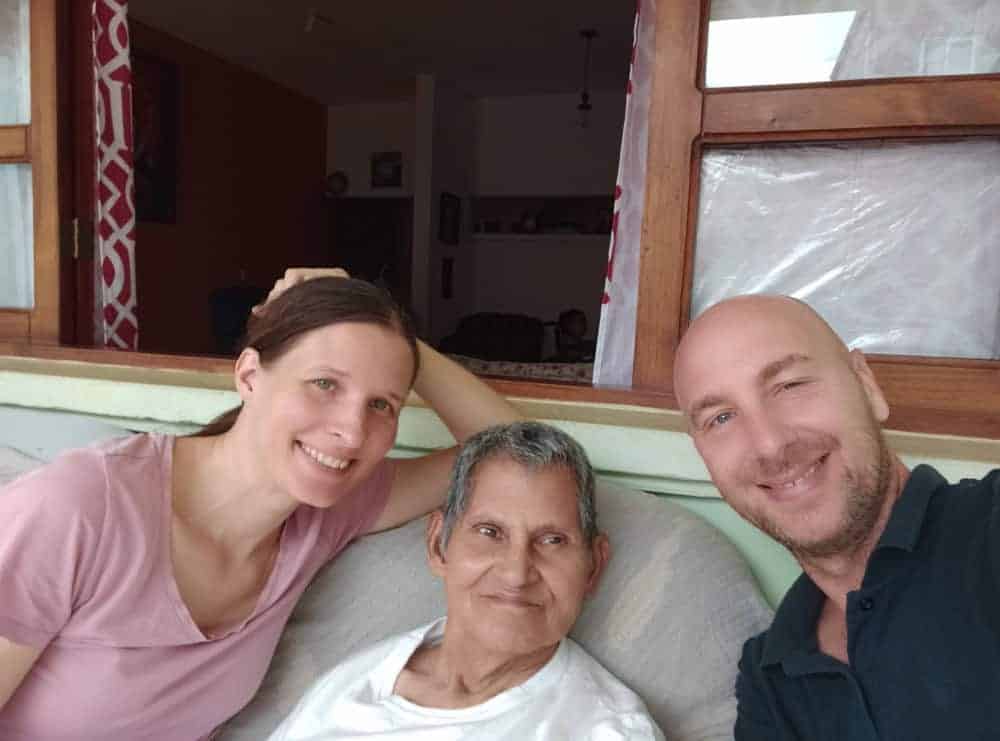



We are currently in Atalaya and interested sin helping you